(1013 products available)















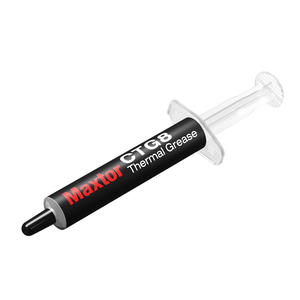

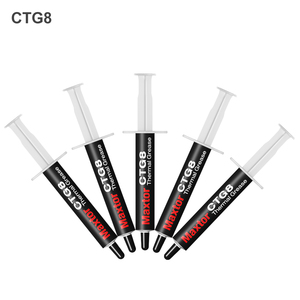

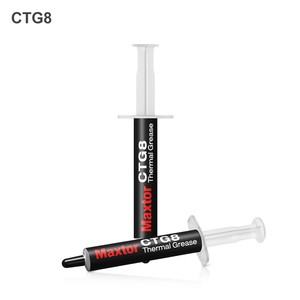






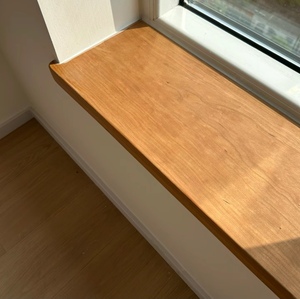








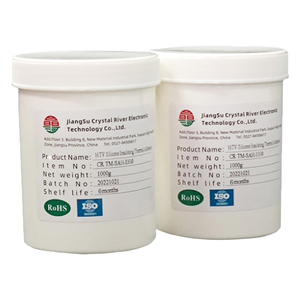
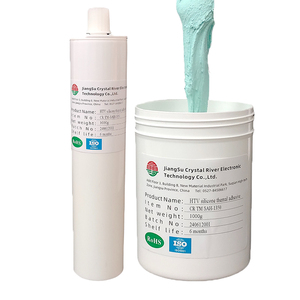
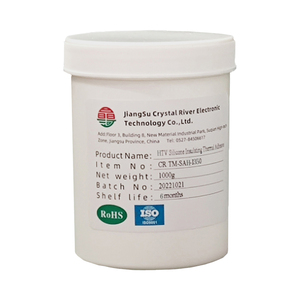




























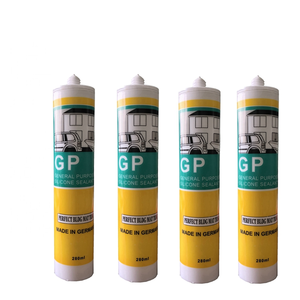

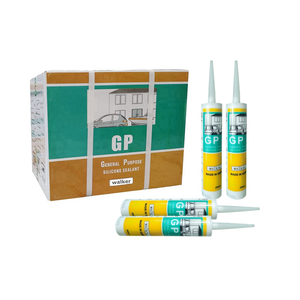

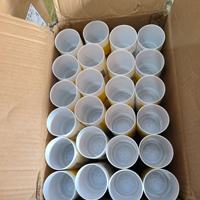


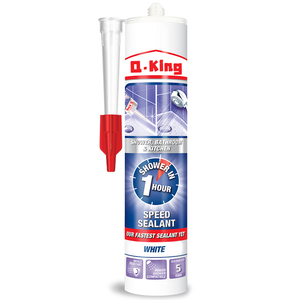

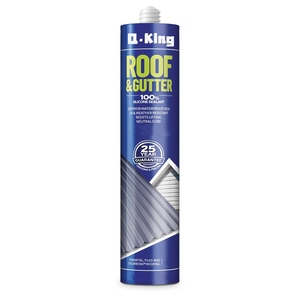




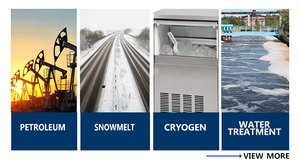


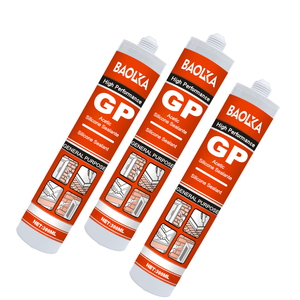













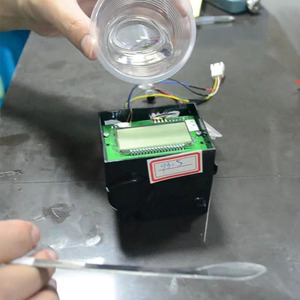
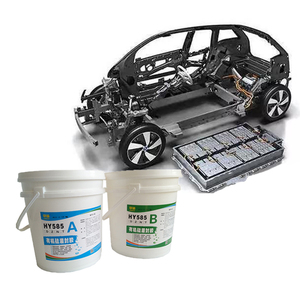
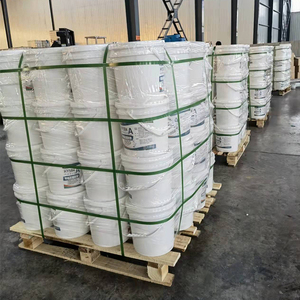





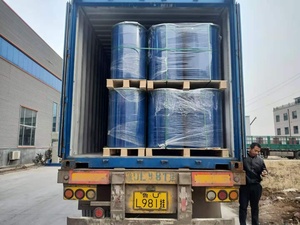







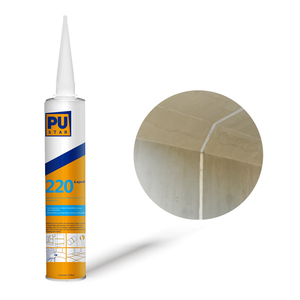
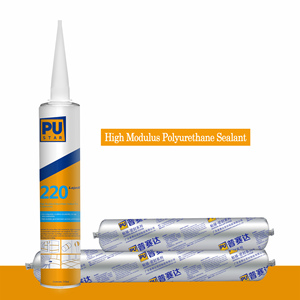




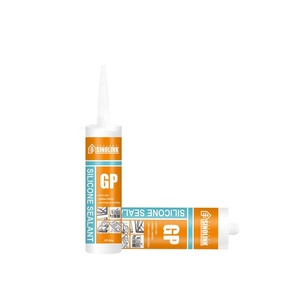





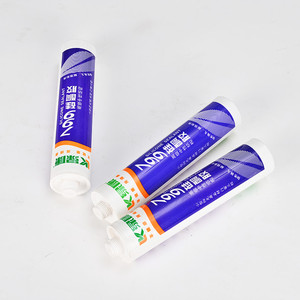


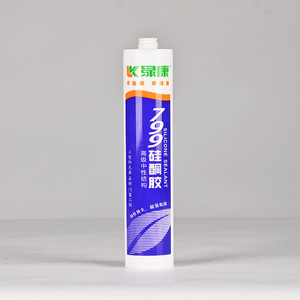

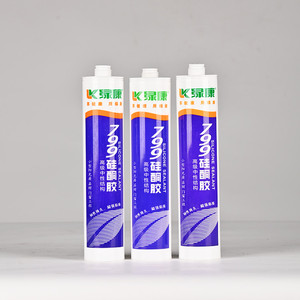


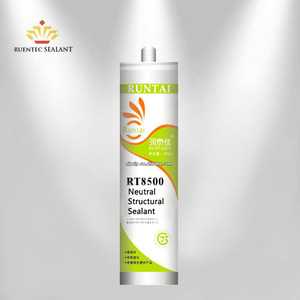







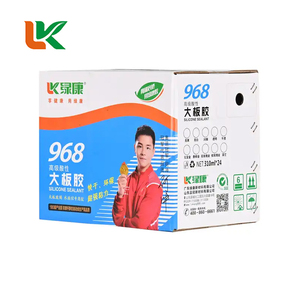




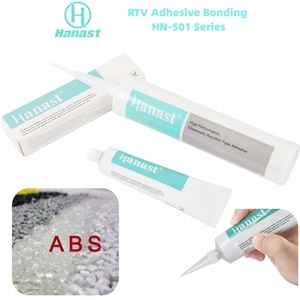





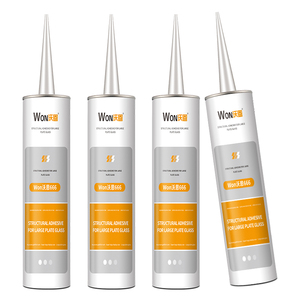
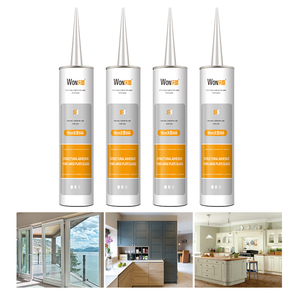




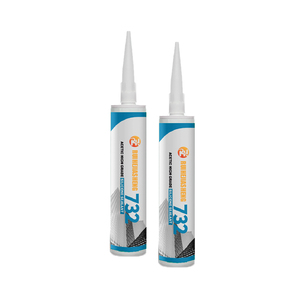

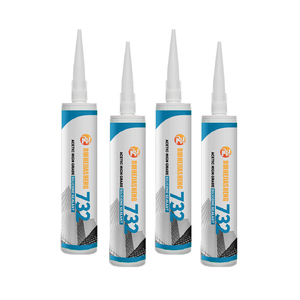

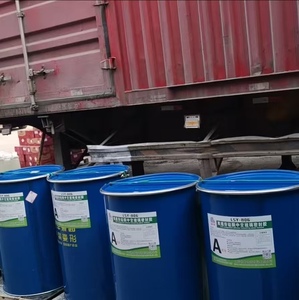






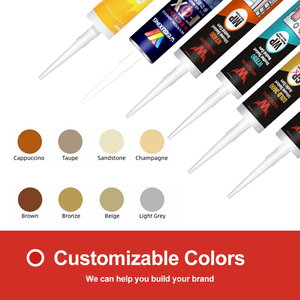

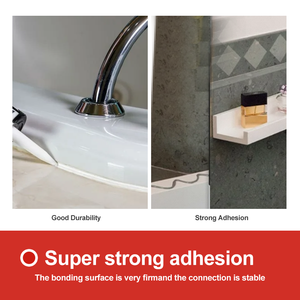


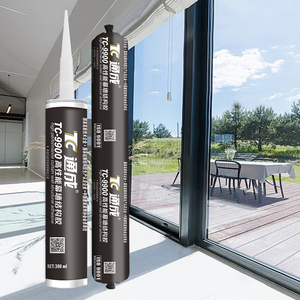




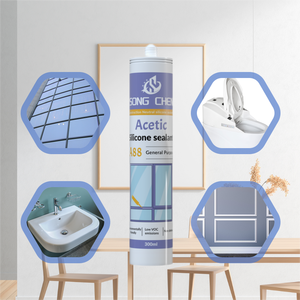

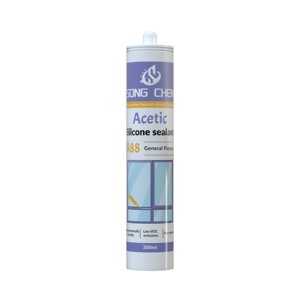

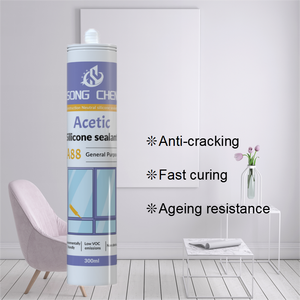













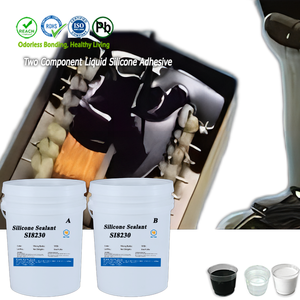
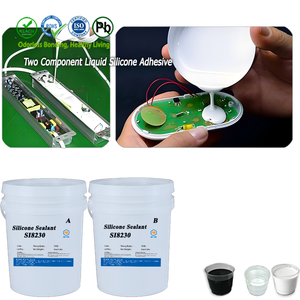

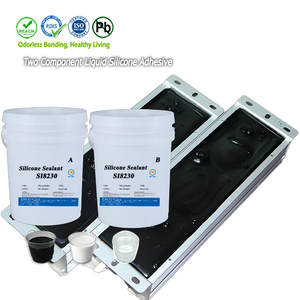









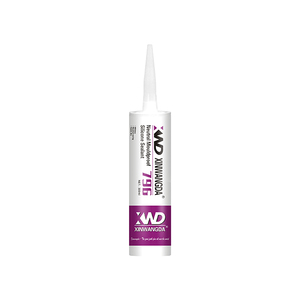


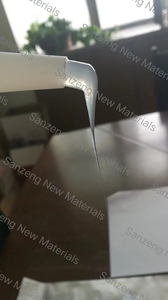
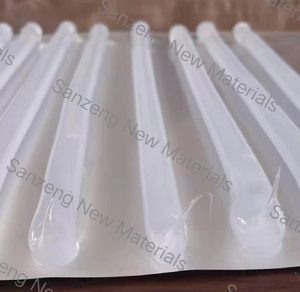
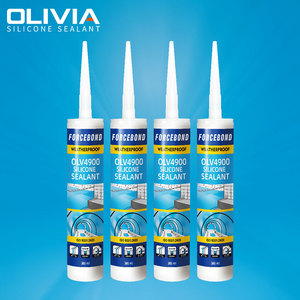


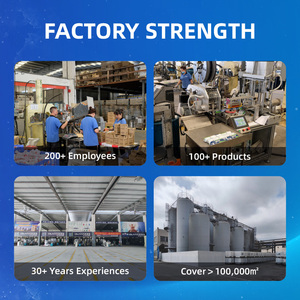


Low viscosity silicone sealants are flexible materials widely used to seal gaps. They are primarily used in construction and common product assembly, helping to adjoin dissimilar materials by filling the gap between them. They come in several types, each offering unique advantages.
Sodium silicate: Also called water glass or liquid glass, it is an inorganic compound composed of silicate polymers. It is a popular sealer due to its hydrophilic properties. Also, it is made for sealing surfaces that are exposed to high moisture contact, such as bathrooms and kitchens. While effective, it only provides a short-term fix with a tendency to harden and crack over time.
Acylic silicone sealant: It is a synthetic sealing compound made from acrylic acid. It is a low-cost sealant that provides a very good bond for porous materials, including wood and masonry. Although it does not perform well against UV degradation, it is a great option for indoor sealing where prolonged exposure to the environment is unlikely.
Adding a silicone polymer to the above compounds creates hybrid silicone sealants. Hybrid silicone is the most advanced type of silicone sealant available today. It combines the easy application and flexibility of silicone with the adhesion properties of other sealants.
Polymer-Modified Mortar: This mortars-type sealant is modified with polymers, thus improving their adhesion and flexibility. They are commonly used in tile installations to provide a permanent bond with the ability to accommodate movement without cracking.
Polysulfide Sealant: This type is made from an elastomeric compound that forms a flexible, weatherproof membrane. Known for its durability and chemical resistance, polysulfide sealants are widely applicable in aerospace and marine industries for critical sealing applications.
Silicone Sealant: Produced from a flexible materials. Silicone sealants can accommodate movement and maintain effective sealing for extended periods. Known for their weather resistance, they are ideal for building joints and automotive gaskets.
Hybrid silicone sealant has many uses and is ideal for various industries due to its versatility and outstanding adhesive properties.
Construction industry: It is widely used for joint sealing in buildings due to its ability to accommodate movement while maintaining a durable seal. Its weather and UV resistance make it ideal for outdoor applications such as sealing windows, doors, and facades. It is also used to bond dissimilar materials like metal, glass, and plastic, providing long-lasting adhesion in construction.
Automotive industry: In the automotive sector, it's used for gaskets and seals due to its capacity to withstand extreme temperatures and chemical exposure. It plays a critical role in sealing engine components, water pumps, and fuel systems, preventing leaks and enhancing the longevity of the products.
Aerospace industry: Its lightweight and strong sealing properties make it an ideal adhesive in the aerospace industry. It is used to assemble components subject to vibrational stress, thermal variations, and exposure to fuels and oil. Its ability to bond metals and composite materials makes it an indispensable sealing solution for aircraft manufacturing.
Electronics industry: Low-viscosity silicone sealants are critical to sealing electronic devices, protecting them from moisture and dust while insulating components. It is used in potting applications to stabilize and protect electrical circuits. This helps to extend the lifespan of devices by preventing corrosion and ensuring consistent performance.
Manufacturing industry: It is used in many manufacturing processes, especially in product assemblies where different materials need to be bonded. In this way, it fills gaps between parts and enhances their mechanical strength. Moreover, its quick-curing formulation increases production efficiency without compromising the quality of the seams.
Medical and Healthcare industry: Its biocompatibility allows it to manufacture medical devices with sealed components to prevent contamination. It is also used in prosthetics and implants, providing flexibility and durability in ways that improve patient comfort and device functionality.
The following are product specifications and features of low-viscosity silicone sealant.
Composition and Materials
Low-viscosity silicone sealant typically contains a silicone polymer base, curing agents, fillers, and additives. The silicone polymer gives the sealant its elastic and flexible properties. The curing agent is responsible for hardening the sealant upon exposure to moisture or air. Fillers are incorporated to improve the sealant’s viscosity and texture. At the same time, additives such as carbon black and UV stabilizers enhance the sealant’s durability, weather resistance, and color.
Viscosity Measurement
Low-viscosity silicone sealant has a viscosity range of 1000-5000 centipoise (cP). This is usually measured using a rheometer or a Brookfield viscometer. Its low viscosity permits easy and smooth application, making it ideal for filling gaps and seams. Also, it ensures that the sealant flows well and reaches optimal spacing between the components being sealed.
Packaging and Storage
Low-viscosity silicone sealant is available in cartridges, tubs, and sachets. The most common packaging is the caulking cartridge, which easily fits into a sealant gun for one-handed application. The sealant should be stored in a cool, dry area under 27 degrees celsius away from direct sunlight. This helps to maintain its optimal working properties and extend its shelf life, usually between 6 and 12 months.
Application and Curing Time
This sealant can be applied using a caulking gun, ideally in a continuous bead along the desired seam. Further, the curing time varies with humidity and silicone exposure. However, it typically takes 24 hours for the skin to form and up to a week for full curing. Also, the low viscosity allows it to self-level and smooth out upon application, leaving a neat and a finish.
Safety and Regulations
In general, low-viscosity silicone sealants meet the appropriate safety requirements for industrial usage. Thus, before use, refer to the Material Safety Data Sheet (MSDS) for detailed information on related safety handling and personal protective equipment. Further, it is critical to ensure the sealant complies with relevant certifications, such as RoHS or REACH regulations, especially in applications that require a non-hazardous environment, such as food packaging or medical device manufacturing.
Low viscosity silicon sealant is a flexible sealing compound that has a low viscosity rate, allowing easy application. Its elasticity and flexibility allow it to compress and expand at will, accommodating even the slightest movements. This feature makes it very useful in areas subject to fluctuating temperatures and variable structural dynamics.
Also, it forms an airtight and watertight seal capable of withstanding the sun's UV rays and other weather elements for more than a decade. Accordingly, its low viscosity enables it to fill gaps and crevices tightly and smoothly— making it a favorite among contractors and builders to ensure long-lasting seals in windows, doors, and expansion joints.
Polyurethane Sealants
Polyurethane sealants have a relatively higher viscosity than silicone sealants. This makes them ideal for filling larger gaps and spaces between surfaces. While polyurethane sealants are more challenging to apply, they also have excellent adhesion to various substrates. They are widely applicable in the automotive and construction industries.
Acrylic Sealants
Acrylic Sealants are water-based and have a much lower viscosity than silicone sealants. This makes them easier to clean during application. However, they lack the durability and flexibility of silicone sealants. While acrylic sealants are usually applied in interior applications like painting and drywalling, low-viscosity silicone sealants are predominantly used for exterior jobs needing weather resistance.
Butyl Sealants
Butyl sealants are rubber-like materials that have a higher viscosity than low-viscosity silicone sealants. Though Butyl sealants are affordable and easy to apply, they will not adhere to as many surfaces as silicone sealants. While Butyl sealants are effective in sealing roofs and gutters, low-viscosity silicone sealants are used in more versatile applications.
MS Polymer Sealants
Also called Modified Silane Sealants, they have a viscosity that is noticeably higher than that of low-viscosity silicone sealants. Though not greaseproof, these sealants are prized for their eco-friendliness and superior adhesion. Moreover, their ability to bond with various substrates makes them a suitable choice for construction projects requiring sealing between dissimilar materials.
Here are some factors business owners should consider when choosing hybrid silicone sealants.
Temperature resistance
Hybrid silicone sealants can handle both high and low temperatures. This makes them ideal in space or car manufacturing and construction industries that experience extreme weather. Their ability to maintain properties in varying temperatures makes them suitable for outdoor applications subjected to temperature fluctuations.
Chemical resistance
They also have excellent resistance to many chemicals like acids, bases, and solvents. This makes them suitable for industries like oil and gas and chemical processing plants. They can protect the sealed items from exposure to corrosive substances, thus prolonging their lifespan.
Moisture and water exposure
These sealants are effective in sealing joints and gaps that are frequently exposed to water. They are usually used in the construction and marine industries. In these cases, they provide long-term waterproofing and shield the sealed items from moisture damage.
Substrate adhesion
Often, hybrid silicone sealants bond with various materials like metals, plastics, glass, and concrete. Their ability to adhere to dissimilar substrates makes them very ideal in product assembly. Users can also apply them in multiple constructions since they bond with several surfaces.
Application conditions
Consideration of the specific application conditions of these sealants is important. These conditions include surface preparation and curing time. This will ensure optimal performance. For instance, some sealants need a primer for better adhesion. Also, certain varieties have a faster curing rate. This makes them suitable for high-turnover environments.
Environmental adaptability
Several low-viscosity silicone sealant products consist of eco-friendly materials. This makes them safe for usage in green constructions and projects that need compliant materials. These sealants do not emit volatile organic compounds (VOCs). Thus, they contribute to better indoor air quality.
Yes, their UV resistance allows them to remain stable and continue protecting the sealed items. Moreover, they are commonly used outdoors in construction, automotive, and marine applications where they will be exposed to sunlight. Their resistance to UV light ensures they do not degrade or lose their sealing properties. This helps them maintain long-lasting seals even with continuous outdoor exposure.
Many industries that commonly use this sealant. These include construction, electronics, automotive, aerospace, and medical manufacturing. In these industries, they serve critical sealing and bonding purposes that help ensure product durability and reliability. They are particularly useful in applications requiring flexibility, chemical resistance, and the ability to bond with dissimilar materials.
The short answer is no. The silicone sealants' unique chemical composition gives them flexibility, durability, and weather/UV resistance. This makes them great for outdoor and construction use.
Unfortunately, these same properties make them incompatible with most paints. Paints will not adhere to low-viscosity silicone sealants. They either peel off over time or do not provide a good enough finish. Also, other types of sealants, like acrylic and polyurethane, are better than silicone sealants as they are easily painted.
No, low-viscosity silicone sealants do not emit volatile organic compounds during curing. VOCs are organic chemicals that evaporate into the air and may cause health hazards. They are usually found in paint, adhesive, and sealant products.
Conversely, low-viscosity silicone sealants are eco-friendly. They are mostly used in green building projects. They help improve indoor air quality by not emitting VOCs during application and curing.